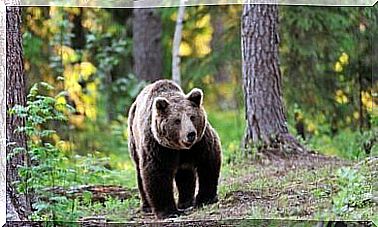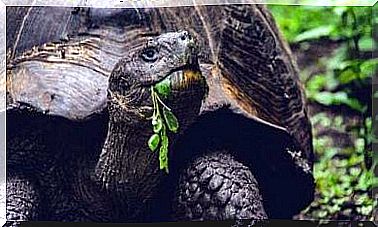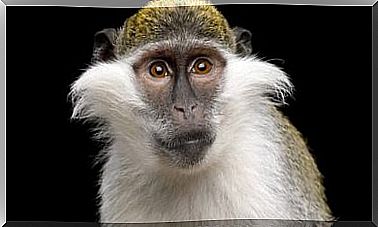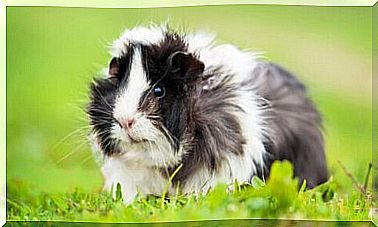6 Species Of Hares You Need To Know
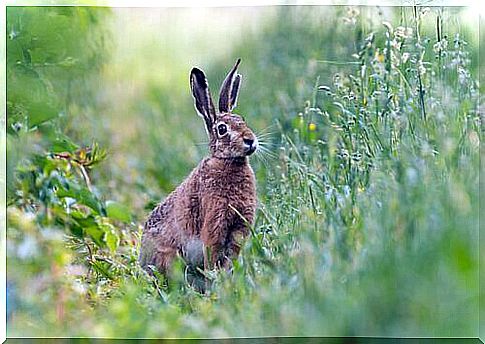
Within the Leporidae family, there are several subfamilies that identify different types of rabbits and hares. Compared to the latter few know that, currently, there are still 50 species of hares. This cute animal is present in different types of habitats . Generally, it prefers plains, steppes, forests and mountainous areas. Today we will guide you to discover 6 species of hares.
How many species of hares are there in the world?
Obviously, it would be impossible to list the characteristics and peculiarities of all fifty species just mentioned. In this article we have decided to gather information about the species of hares that, for one reason or another, deserve to be known. Some are beautiful, particularly docile or even rare. Still others stand out for their habits and surprising temperament.
We are sure that these 6 species of hares will not leave you indifferent at all:
1. European hare
Also known as the common hare – visible in the image above – it is a mammal that lives throughout Europe, except Scandinavia, and in some areas of Asia. It has also been introduced in South America, Australia, New Zealand and the United States. It prefers areas with little vegetation, such as plains and plateaus.
The fur of the European hare is yellowish brown in color, with a slightly lighter belly and long ears with black tips. It hides in shallow burrows and usually mimics the environment to avoid being hunted by wolves, foxes, feral cats, and birds of prey.
2. California hare
It is often referred to as a black-tailed hare and, as its name suggests, its primary habitat is California, in the United States. But it can easily be found in Mexico as well. Likes to live in the highlands in desert areas.
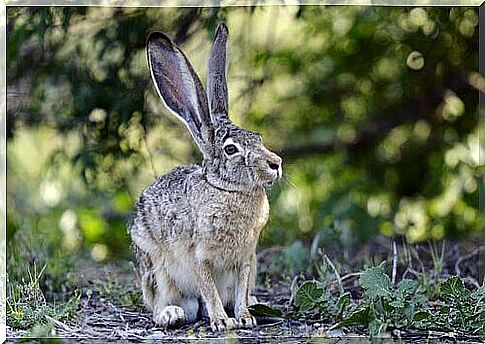
This hare has a grayish body with white spots around the eyes, the ears are highly developed and have black tips. It weighs about 2 pounds and measures less than a meter in height. It feeds on vegetables.
3. Arctic hare
We are talking about the characteristic polar hare , one of the few in the Leporidae family that has been able to adapt to mountain and polar climates. It lives in Canada, Alaska, Greenland and Scandinavia, particularly in the tundra. Its fur is totally white, with black undertones on the ears. During the summer months, the hue can take on a more yellowish shade.
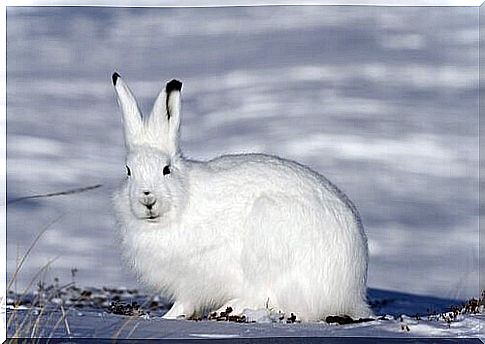
It weighs about 5 kilos when it reaches adulthood, measures a maximum of 70 centimeters and feeds on small plants, buds, leaves and berries, which it is able to find even under the snow, taking advantage of its extraordinary sense of smell. Almost like the most effective of the hounds!
4. Variable or white hare
Its scientific name is Lepus timidus and it inhabits mountainous and polar ecosystems, including Siberia, the Alps, Poland, Ireland and the United Kingdom. Its name is due to the fact that its fur changes according to the season. It can go from a white color to blend in with the snow, to the brown it needs in summer and spring to hide among trunks and leaves.
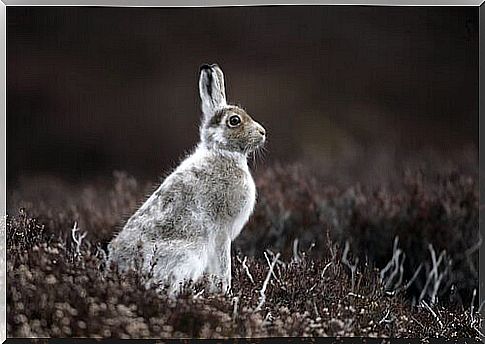
5. American hare
With its large hind legs it can move smoothly in the snow (it does not sink completely). Moreover, being covered with a thick layer of fur, it is able to resist even during the harshest winters.
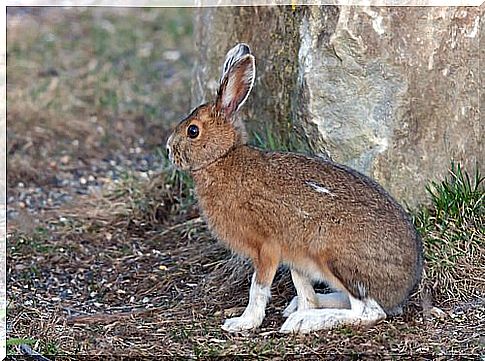
As in the case of the white hare, its coat turns white to blend in and, when summer arrives, takes on a shade close to greyish brown. Its long ears show very typical black spots. It feeds on leaves, herbs, plants, tree bark and ferns.
6. Tolai Hare
It is another species of hare that lives in Asia and is smaller than the European one. It weighs around 2 kilos and can reach 55 centimeters in length. It lives in very rigid ecosystems, at heights of up to 3,000 meters and with little vegetation or food, in Russia, southern India, north-eastern Africa and the deserts of Arabia. In addition, it has the ability to survive for several days without drinking water, like camels.
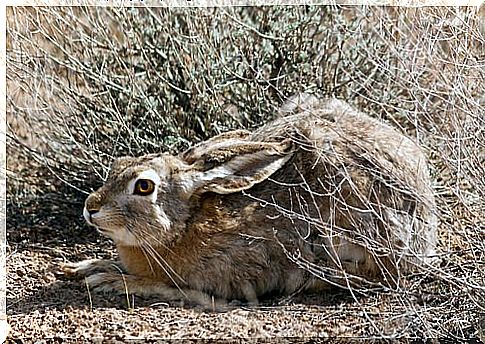
It is worth noting that there are two species of rodents which, mistakenly, are often included in the Leporidae family, but which do not belong to it. We are talking about the Patagonian marà ( Dolichotis patagonum ) and the Cape jumping hare ( Pedetes capensis ).
Despite their appearance, they are two cases of evolutionary convergence, but re-entering the order of rodents, they have nothing to do with the hare which, on the contrary, belongs to the lagomorphs .
